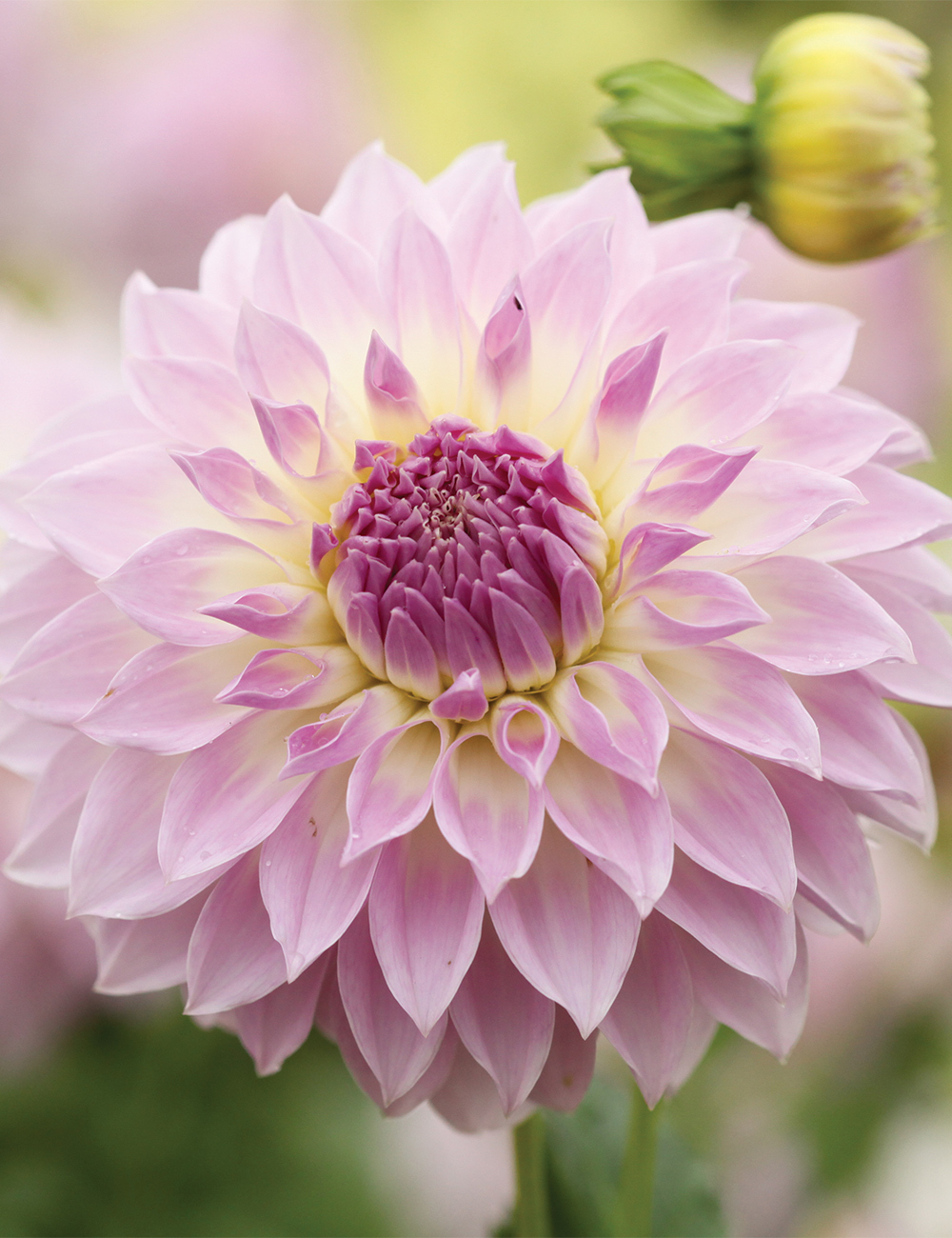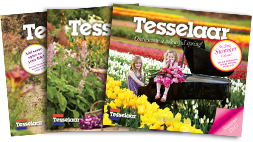
Dahlia 'Anne's Delight'
A floral delight.
This product is currently out of stock and unavailable.




A white centre with a cream blush that graduates into deep, lavender pink petals. Pick the flowers regularly to encourage more blooms. A real beauty that lasts well in a vase.
Cool colours are effective in making small spaces appear larger and can create a tranquil, relaxed feel in the garden. Dahlias are an absolute delight and make brilliant garden plants. They are long flowering, boast lush foliage, come in a huge array of colours shapes and sizes, what is more they are easy to care for.
It is best to hold off on planting your Dahlia tubers, until the soil warms, mid October, to early November is ideal, depending on where you live.
Dahlias are so generous with their flowers, it is easy to enjoy them in the garden and to fill your vases too. For us, the blooms generally open December to April/May.
Plant Dahlias into moist, humus rich, well drained soil in a sunny spot, they need at least six hours of sun to flower well – morning sun is ideal as the hot afternoon sun can scorch the leaves. If you have the time, we recommend digging a well-rotted cow/sheep manure though the soil prior to planting. Plant the tuber around 5-10cm deep. It is a good idea to stake tall/large flowered varieties at the time of planting to avoid root disturbance later on. Allow a bit of room for air flow between the plants.
You don’t need to water your Dahlias in after planting, just keep them moist once they start to grow up above the ground. Adding a slow release tomato fertiliser in early summer and some Sulphate of Potash, then a mulch will help you get the best of the blooms. They are big plants that bloom a lot so need good resources.
You can pinch your plants when they reach around 20cm and have developed four sets of leaves. Simply snip off the top main stem and this will encourage more lateral buds (this may delay flowering by a week or two but you will ultimately have more blooms). To increase the size of the flowers, nip out the side buds as soon as they appear. When the plants have finished flowering, cease watering, to allow the tubers to mature.
Dahlia flowers are excellent for cutting, and last well in a vase, and by cutting the flowers you will encourage more blooms. When you cut the flowers, it is a good idea to do it in the morning as they have higher moisture content and so will last longer. Cut the stems so you are taking at least two sets of leaves, this prunes the plant back far enough to encourage more flowers and encourage bushy growth. Any spent flowers left on the plant should be removed as they brown (they become pointed), in a similar method to encourage more blooms. Do this weekly to fortnightly and you will really reap the benefits in a much longer bloom time and much more flowers.
Dahlia tubers can perennialise (stay in the ground) if the soil is well drained and you don’t live in areas where the soil will freeze or get overly moist in their dormancy.
Dahlia tubers are all sorts of sizes and shapes. Often smaller tubers will set roots more quickly than large tubers and establish easier. The larger tubers have a pre-existing food storage so will form roots a little later, taking longer to establish but will have plenty of get up and grow. The size of the tuber can also depend on the variety, all our Dahlias are fully guaranteed to be flowering size.
Supplied as: Bulbs
Size: na
| Code | DHBAD |
|---|---|
| Botantical name | Dahlia hybrid |
| Height | 80-150cm |
| Width | 50-100cm |
| Flowers | Summer to Autumn |
| Climate | Cool to Sub-Tropical |
| Availability | Australia wide |
| Frost hardiness | Half Hardy |
| Aspect | Full Sun to Semi Shade |
| Supplied as | Bulbs |
| Size | na |
| Water needs | 2 |

